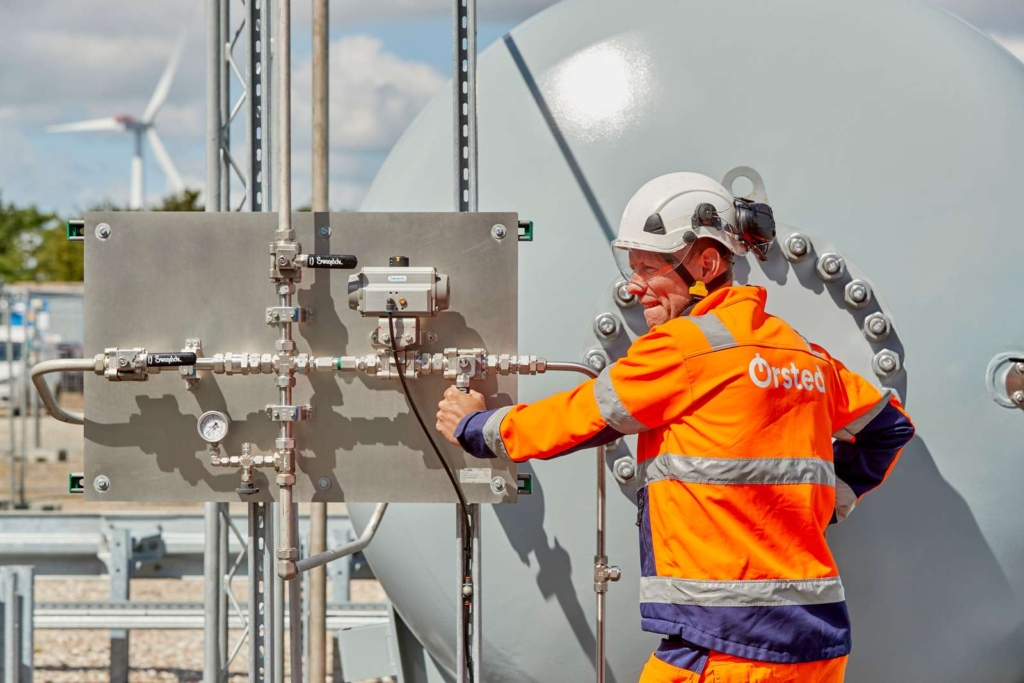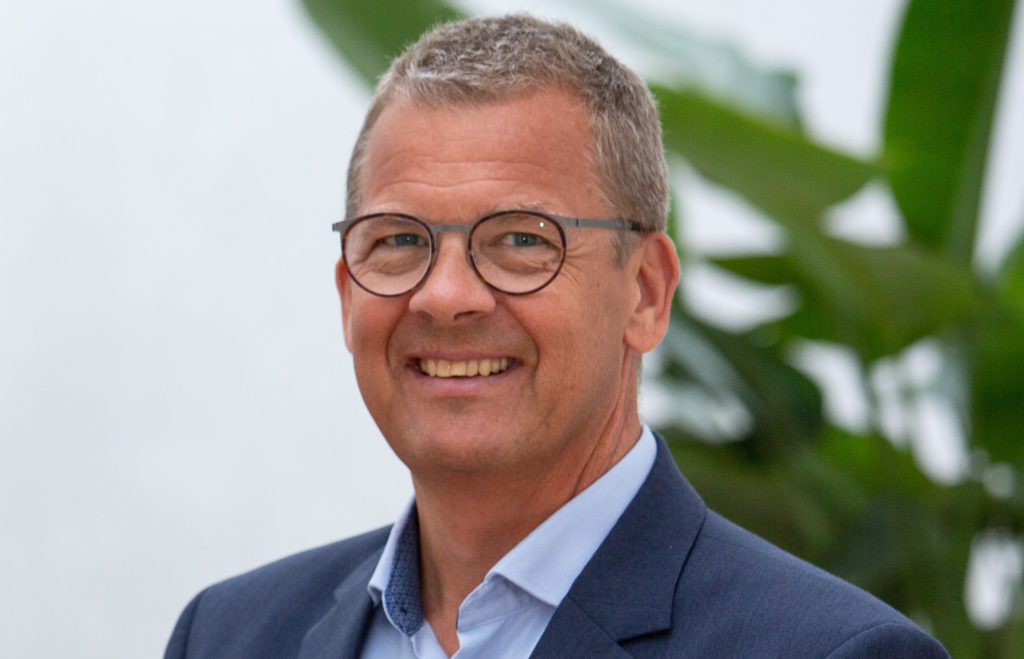
CCS
Bridging the transition to the energy of the future

Carbon Capture and Storage (CCS): What is it?
With Carbon Capture and Storage (CCS), CO2 is captured, transported and injected permanently and safely in underground reservoirs onshore or offshore. Thereby CCS effectively reduces large emissions from industries, that are challenging to decarbonize, while the transition of the energy sector is accelerated.
With CCS, the CO2 is captured at the source – e.g., from heavy industry or power and heat production – and injected into the underground. For storage at offshore locations, as Project Bifrost investigates, CO2 can be transported to the site either via specialized shipping or through the existing pipeline infrastructure and injected into the empty oil- and gas field reservoirs – also called depleted fields.
An innovative Danish partnership
Applied 50 years ago in 1972 to enhance the extraction of oil and gas, injection of CO2 in the underground is a technology that we already know well. This is why, CCS is recognized widely as an important tool in the transition of the energy sector, even though the technology is yet to be commercially widespread in large-scale projects. With Project Bifrost, this is about to change.
In Project Bifrost, the partners have come together to harness their expertise in CCS-activities to explore the valuable oil- and gas infrastructure in Denmark, uncovering the unknowns in terms of transportation and overcoming technical obstacles. This will qualify and mature the potential in utilizing the Danish North Sea reservoirs as they become available for other purposes than oil or gas production – an investment today in the technology of the future.


Birgitta Jacobsen,
CEO at Nordsøfonden
”With its estimated storage capacity and central location, Denmark has the potential to become a European hub for carbon storage. Carbon storage in Denmark can make a significant contribution to achieving both Danish and European climate goals. Project Bifrost is an important step in developing and strengthening Denmark’s position in the field of carbon storage.”

Experience from the North Sea region
With Project Bifrost, CCS is now tested on a large scale in Denmark. And the potential is immense: GEUS estimates that all the underground reservoirs today can contain 12-22 billion tons of CO2 in total. This corresponds to up to 700 times Denmark’s annual emissions today.
With more than 50 years of offshore know-how, the partners behind the project – Danish Underground Consortium (DUC), Ørsted and DTU – together have the essential expertise. With the Danish North Sea as their home turf, the partners know the fields and the infrastructure better than anyone. Thereby, it is a strategic priority to develop the value chain and seize the potential from Denmark’s long-standing history and experience with oil and gas operations.
A significant opportunity for Denmark
By building on offshore know-how, the Danish CCS adventure empowers a rethinking of the maritime industry. This provides new job opportunities for the large, specialized workforce employed in oil and gas today. This is a new chapter for a proud, Danish industry, enabling Denmark to be a showcase for the rest of the world. With Denmark as a CCS-hub, a future commercial market is on the rise based on exporting knowhow and importing CO2 from other European countries – a Danish solution to a global problem.


Mikael Brandt,
Senior Vice President at Ørsted
”We have analyzed the possibility to reuse our existing gas pipeline infrastructure and found it feasible, and we are examining a generic concept that connects our existing pipelines with a new onshore CO2 offloading facility and interim onshore storage facility. Our findings support the advantages of using the existing infrastructure for a cost-efficient, sustainable, and highly scalable transportation of carbon.”